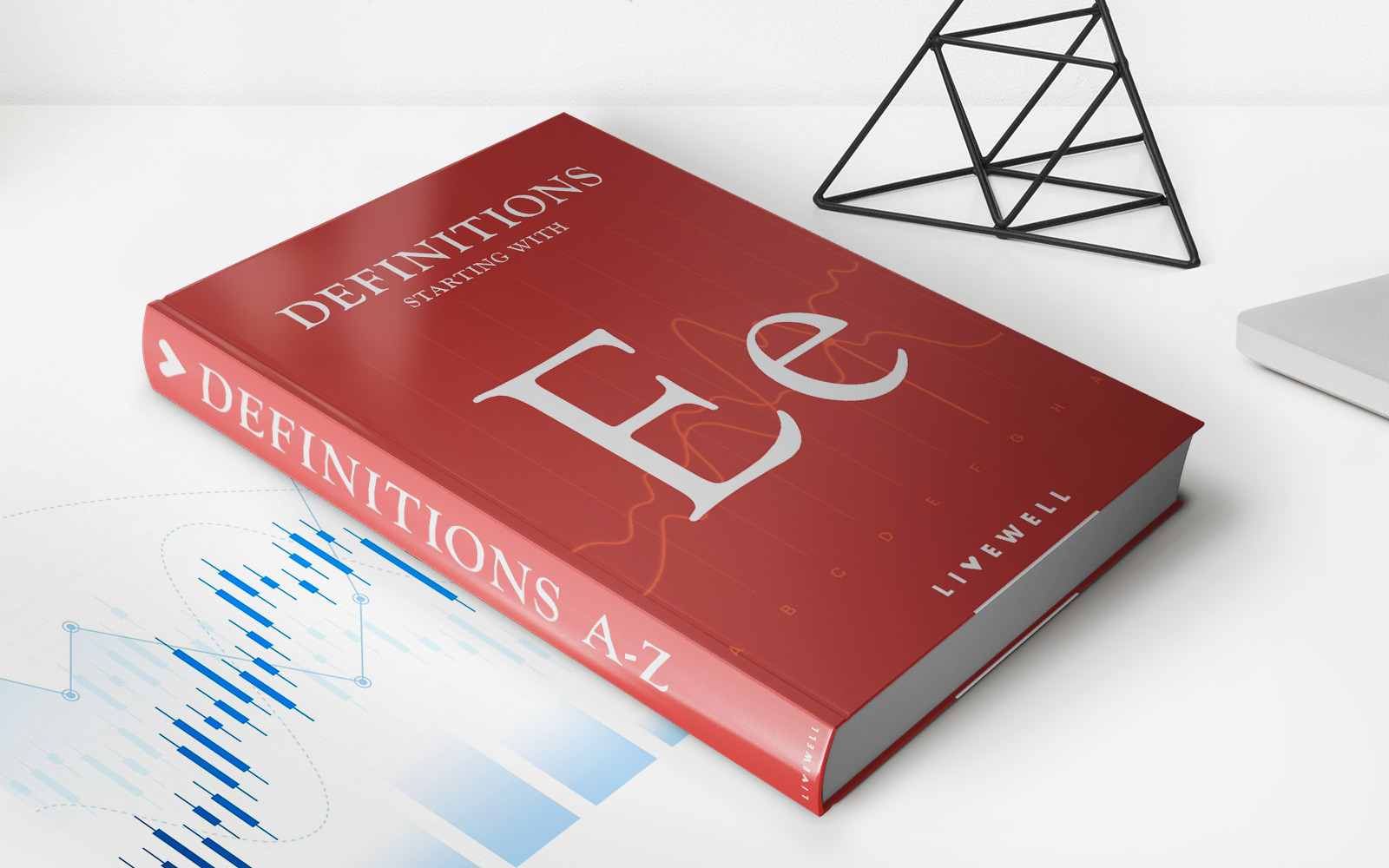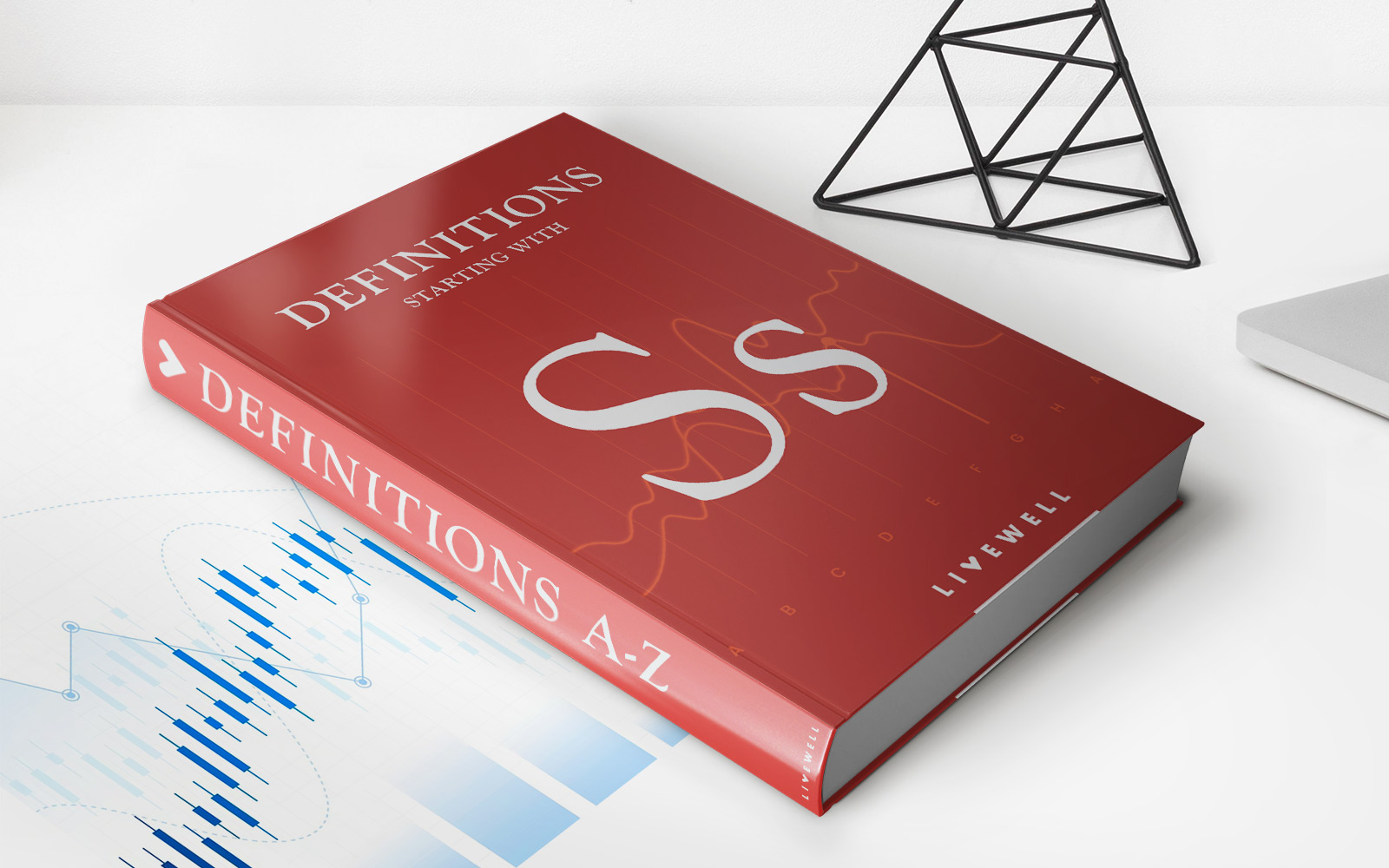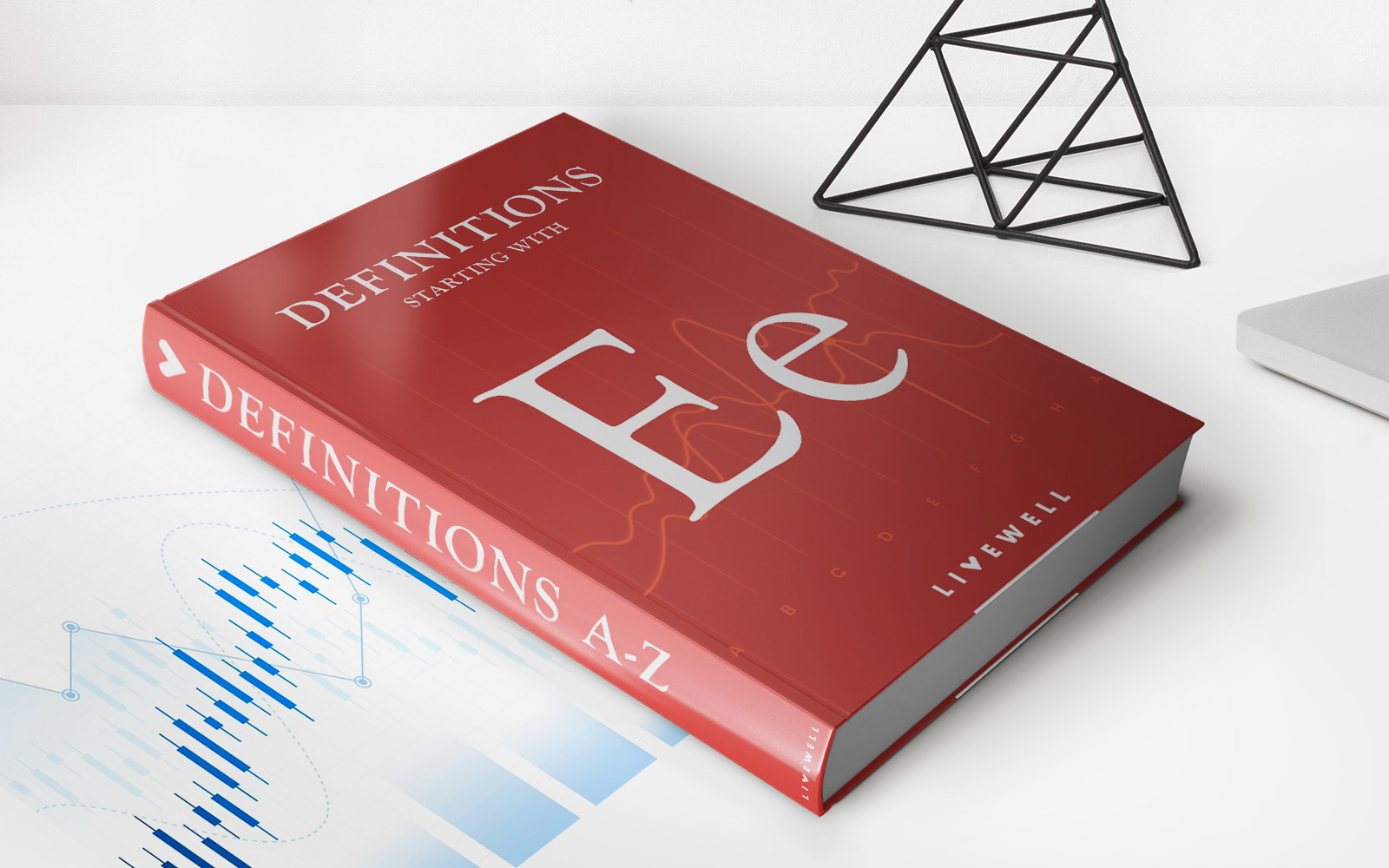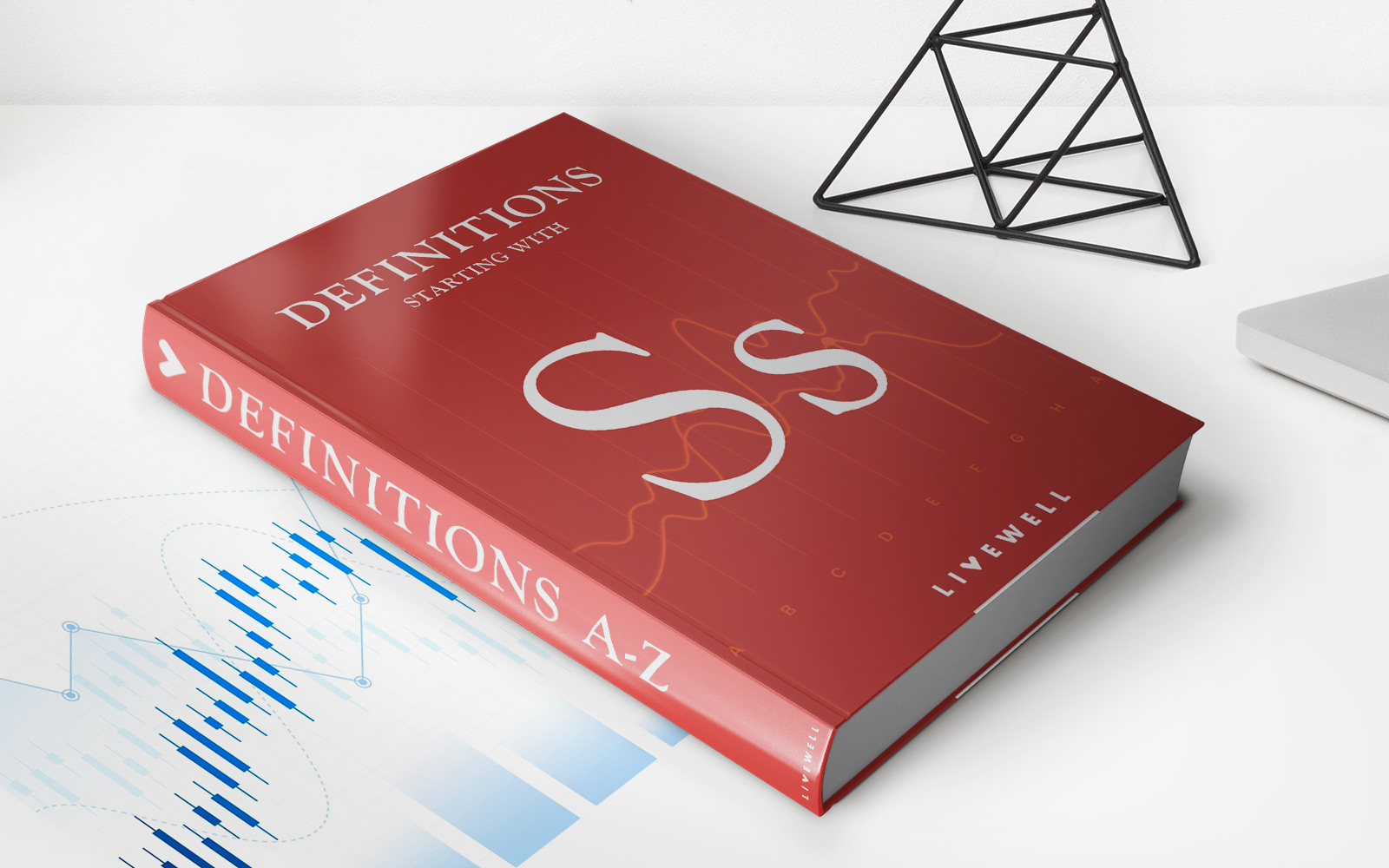Home>Finance>Employment Cost Index (ECI): Definition, Uses, And Pubication


Finance
Employment Cost Index (ECI): Definition, Uses, And Pubication
Published: November 17, 2023
Learn the definition, uses, and publication of the Employment Cost Index (ECI) in the field of finance. Stay informed about the latest trends in employment costs.
(Many of the links in this article redirect to a specific reviewed product. Your purchase of these products through affiliate links helps to generate commission for LiveWell, at no extra cost. Learn more)
Understanding the Employment Cost Index (ECI): Definition, Uses, and Publication
When it comes to managing your finances, staying informed about economic indicators can be highly beneficial. One such indicator that provides valuable insights into labor market conditions is the Employment Cost Index (ECI). In this blog post, we’ll delve into the definition, uses, and publication of the ECI to help you understand its significance in the realm of finance.
Key Takeaways:
- The Employment Cost Index (ECI) measures changes in employment costs over time, including wages, salaries, and benefits.
- It is widely used by economists, policymakers, and business owners to gauge labor market trends and make informed decisions.
What is the Employment Cost Index (ECI)?
The Employment Cost Index (ECI) is a quarterly economic indicator produced by the U.S. Bureau of Labor Statistics (BLS). The ECI measures changes in the costs that employers pay for labor, including wages, salaries, and benefits.
By tracking the ECI, analysts can gain insights into shifts in employment costs over time. This information is crucial for understanding labor market trends and analyzing compensation trends across various industries and occupations.
Uses of the Employment Cost Index (ECI)
The Employment Cost Index (ECI) is widely used by economists, policymakers, business owners, and investors to make informed decisions based on labor market conditions. Here are some key uses of the ECI:
- Gauge Labor Cost Inflation: The ECI helps policymakers and economists assess the rate of labor cost inflation. By monitoring changes in employment costs, they can better understand wage pressures and their potential impact on overall inflation.
- Inform Compensation Strategies: Business owners and human resource professionals rely on the ECI to make informed decisions about employee compensation. By analyzing the index, they can evaluate the competitiveness of their wage and benefits packages and adjust them accordingly.
- Assess Employment Conditions: Investors and analysts utilize the ECI to gain insights into the state of the labor market. By analyzing changes in employment costs, they can assess job market conditions, anticipate changes in wages, and make informed investment decisions.
Publication of the Employment Cost Index (ECI)
The U.S. Bureau of Labor Statistics (BLS) releases the Employment Cost Index (ECI) data quarterly, approximately three months after the end of each quarter. The index covers a wide range of industries and occupations, providing a comprehensive overview of employment costs.
The data is publicly available on the BLS website and is often reported by financial news outlets. Analysts and researchers can access historical ECI data to track trends and compare changes in employment costs over an extended period.
In Conclusion
The Employment Cost Index (ECI) serves as a crucial economic indicator that provides valuable insights into labor market conditions, helping economists, policymakers, business owners, and investors make informed decisions. By understanding the definition, uses, and publication of the ECI, you can stay ahead of the curve in managing your finances and planning for the future.














